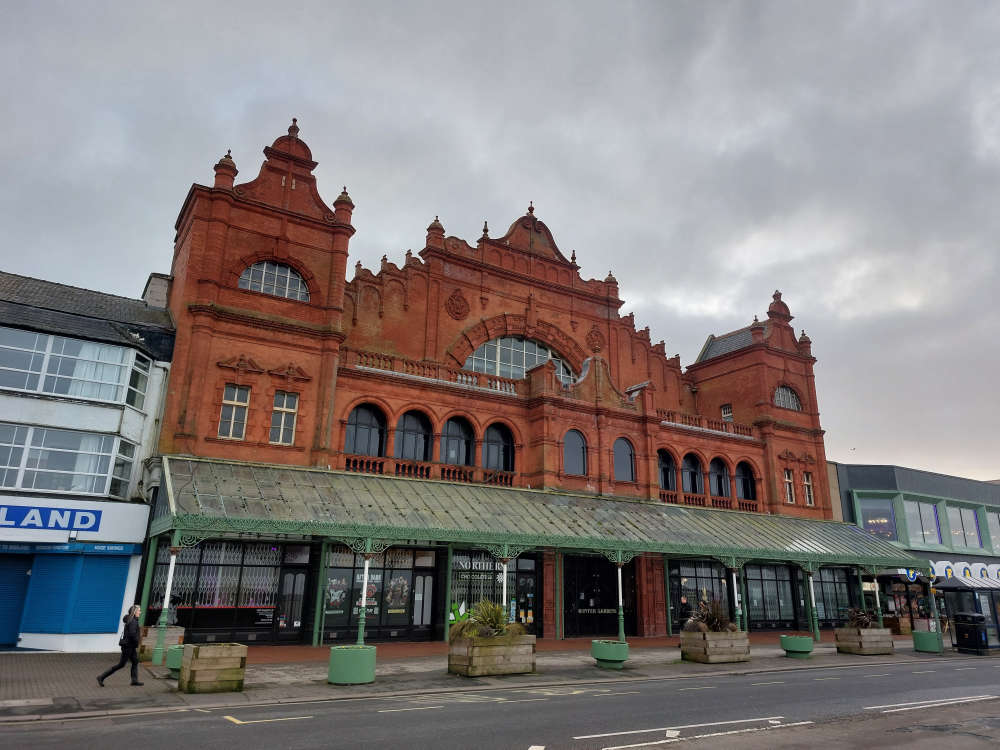
Morecambe’s Winter Gardens, a number of churches and Capernwray Hall are among the buildings on the latest Heritage at Risk Register, which has been published today.
Historic England’s Heritage at Risk Register for 2022 is a summary of the critical health of some of England’s most historic landmarks.
The Register includes buildings and structures, places of worship, archaeological sites, battlefields, wrecks, parks and gardens, and conservation areas known to be at risk as a result of neglect, decay or inappropriate development.
The Register is produced annually as part of Historic England's Heritage at Risk programme.
The landmarks on the list across North Lancashire are:
The Winter Gardens, Marine Road Central, Morecambe
‘Theatre with a facade of red terracotta and brick. Morecambe Winter Gardens Preservation Trust owns and looks after the building. In 2021, a new heating system was installed with a Coastal Communities grant and a Historic England Repair Grant for Heritage at Risk funded a first phase of repair to the fibrous plaster ceiling. This was followed by a second phase funded through the Culture Recovery Fund, including repairs to the roof. An options appraisal is looking at how more of the building can be brought back in to use, and a costed condition survey is planned.’
Church of St John, North Road
‘Church built in 1755, with a tower by Thomas Harrison added in 1784. Nave with galleries to three sides and original box pews. Closed in 1983 and in the care of the Churches Conservation Trust. Damaged by flooding in 2015 and currently unoccupied. Structural movement at the east end has resulted in instability and cracks in the outer ashlar masonry and plaster. Water ingress problems are also occurring below the tower. Gutter blockages have resulted in water ingress and dry rot is now affecting the roof timbers.’
Queen Victoria Memorial, Dalton Square
‘1906 monument to Queen Victoria by Herbert Hampton, presented by Lord Ashton. Portland stone ashlar with bronze reliefs and statuary. Topped with a statue of Queen Victoria with side bas-relief panels portraying groups of eminent Victorians. Problems include corroding bronze, graffiti, staining of the stonework and pointing. The local authority hopes to conserve the memorial.’
Engine Running Shed and associated locomotive facilities, Carnforth
‘Engine shed for steam locomotive stabling and servicing built between 1940-44. Rectangular plan form of six standard gauge tracks with full length inspection pits and wheel drop pit to the eastern track way. Associated facilities include a range of machine shops flanked by stores and offices. The wheel shop has its wheel lathe served by a travelling crane which crosses the eastern most line. At the northern end of the range are a sand drier, store and loading platform. The condition of the reinforced concrete frame is very poor and deteriorating.’
Former Chapel of St Mary in the grounds of Ellel Grange, Ellel
‘Former chapel built on the Ellel Grange estate in 1873 and designed by W and G Audsley. A striking building in the High Victorian style with ceiling paintings and good quality internal fittings, some of which have been stolen. The building has been vacant for at least 17 years. In 2006-7, Planning Permission and Listed Building Consent were granted for repair and extension. Work has not commenced and permissions have now expired. The LPA is currently in discussions with the owners to achieve a scheme of repair and reuse.’
Church of St Joseph, Owen Road, Lancaster
‘Church of 1900 by Pugin and Pugin. The 5 bay nave has aisles and a west tower. Constructed in sandstone and slate with an elaborate carved reredos in the sanctuary. Failure of weatherings to east and west nave gables allows water penetration and consequent damage to linings and finishes. Embedded roof timbers are also threatened. Further water penetration is occurring from wall head and valley gutters.’
Church of St Michael, Main Road, Bolton-le-Sands
‘Church with C15 west tower, nave of 1813, chancel of 1846 and north aisle of 1880. Sandstone and slate. The building has been the subject of heritage crime, and failure of the lining to the central valley gutter has allowed water ingress. This has encouraged decay in the roof timbers below the valley and damaged wall linings.’
Castle Stede motte and bailey, Hornby
Cockersand Premonstratensian Abbey, Thurnham
Capernwray Hall
‘Formal gardens of mid- to late-C19, a rose garden of 1901 by Thomas Mawson and parkland of early C19. Development south of the Hall has affected the historic southern approach. New landscaping is maturing and reducing the impact of development and the character of the rose garden and immediate environs of the Hall are being restored. Parkland largely retains its character, but parkland trees are declining in number and condition. A conservation management plan has been produced for the park and gardens, and the owners remain committed to managing the historic environment.’
Duncan Wilson, chief executive of Historic England said: “As the threat of climate change grows, the reuse and sensitive upgrading of historic buildings and places becomes ever more important. Finding new uses for buildings and sites rescued from the Register avoids the high carbon emissions associated with demolishing structures and building new.”



 Life belt rescue after hovercraft called out to person struggling in water in Morecambe
Life belt rescue after hovercraft called out to person struggling in water in Morecambe
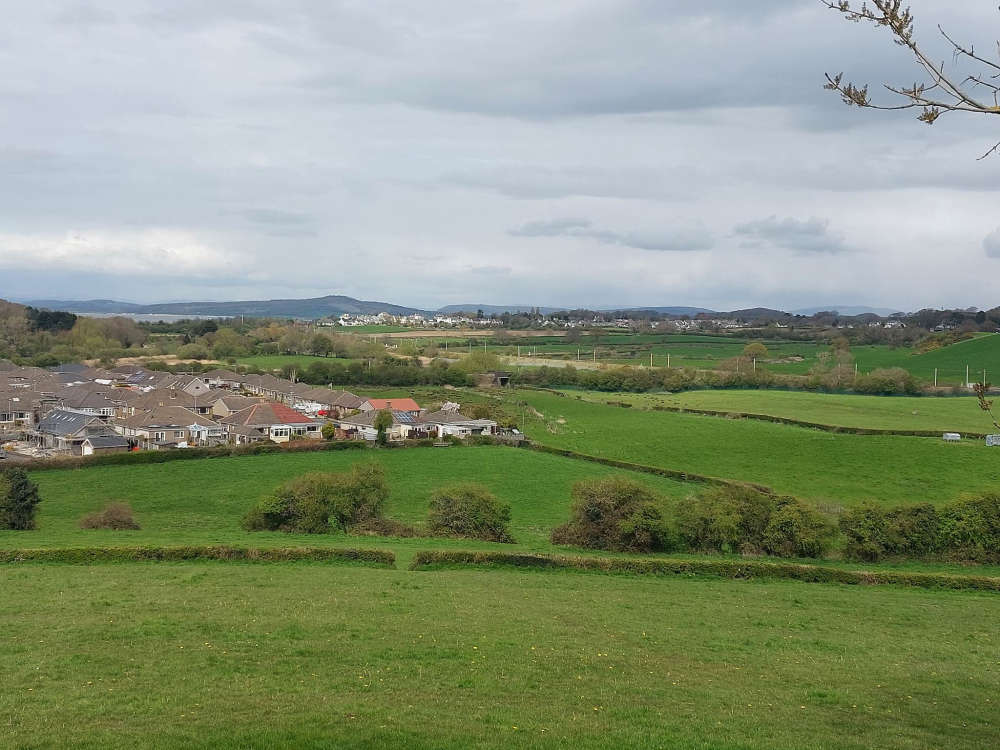 Appeal against refusal of 129 new homes thrown out due to 'national importance' of Torrisholme Barrow
Appeal against refusal of 129 new homes thrown out due to 'national importance' of Torrisholme Barrow
 All the road closures for Lancaster Grand Prix cycle races
All the road closures for Lancaster Grand Prix cycle races
 Mini-beach forms as residents wait weeks for water leak repair
Mini-beach forms as residents wait weeks for water leak repair
 Morecambe 1940s Revival to bring vintage sights and sounds
Morecambe 1940s Revival to bring vintage sights and sounds
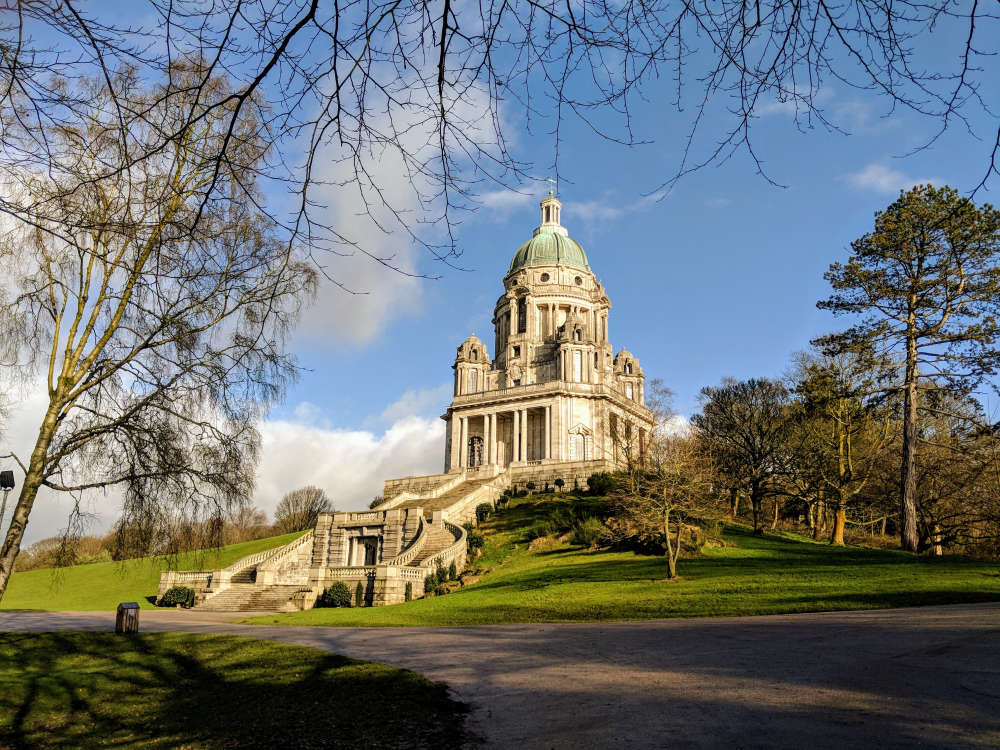 Events announced for you to help shape vision for Lancaster District in 2040s
Events announced for you to help shape vision for Lancaster District in 2040s
 Family pays tribute to Lancaster man as police investigation continues one year on from his death
Family pays tribute to Lancaster man as police investigation continues one year on from his death
 Call for 500 ‘citizen scientists’ to help complete pioneering hand identification research at Lancaster University
Call for 500 ‘citizen scientists’ to help complete pioneering hand identification research at Lancaster University
 INTERVIEW: Morecambe Pride chief calls for support from whole community ahead of this year's event
INTERVIEW: Morecambe Pride chief calls for support from whole community ahead of this year's event
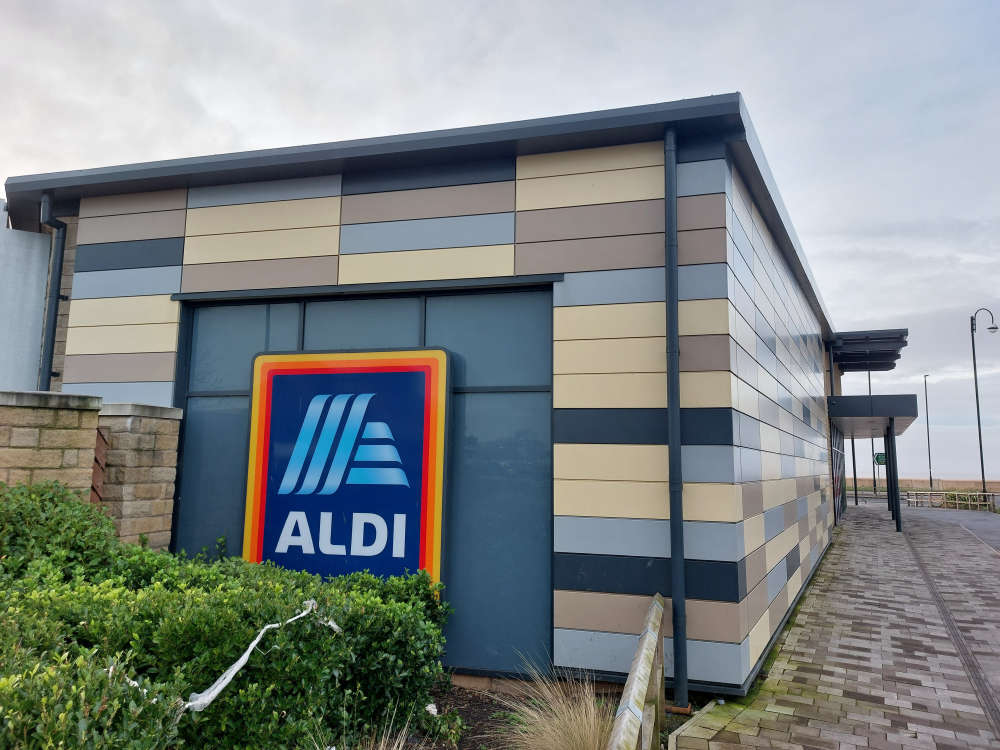 Police appeal after man tries to steal pensioner's handbag outside Morecambe supermarket
Police appeal after man tries to steal pensioner's handbag outside Morecambe supermarket
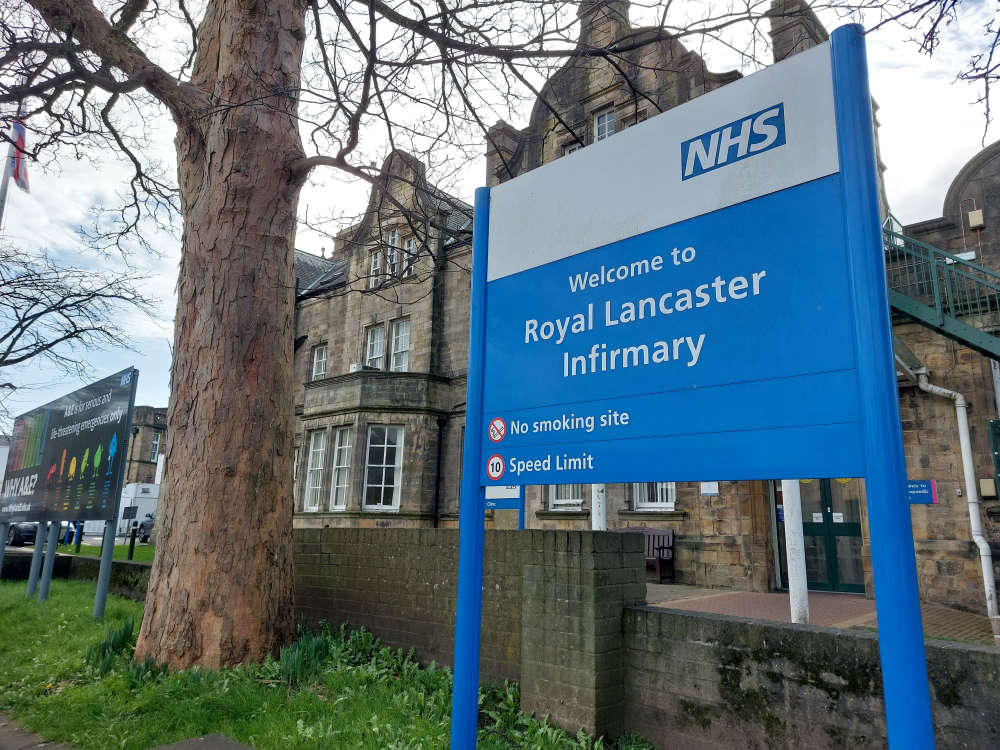 Health secretary says new Lancaster hospital will be 'considered carefully'
Health secretary says new Lancaster hospital will be 'considered carefully'
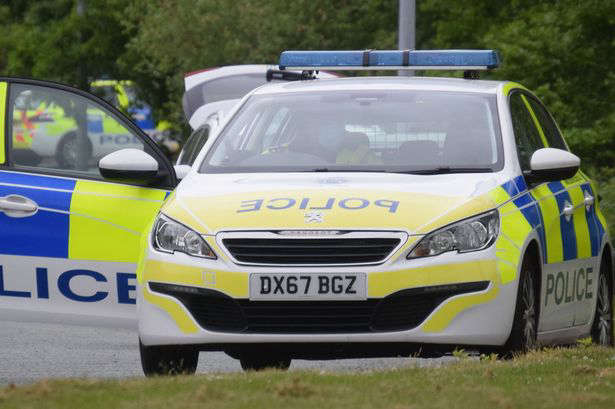 UPDATE: Man dies after collision on the M6 between Lancaster and Preston
UPDATE: Man dies after collision on the M6 between Lancaster and Preston
 Lancaster MP defends voting against calls to scrap controversial two-child benefit cap
Lancaster MP defends voting against calls to scrap controversial two-child benefit cap
 New Morecambe MP vows to keep promise to deliver Eden Project during maiden Commons speech
New Morecambe MP vows to keep promise to deliver Eden Project during maiden Commons speech
 INTERVIEWS: Visitors to Morecambe meet our Eric on statue's 25th birthday
INTERVIEWS: Visitors to Morecambe meet our Eric on statue's 25th birthday
 £2.5m of Eden Project Morecambe funding unlocked to ‘prepare site for activation’
£2.5m of Eden Project Morecambe funding unlocked to ‘prepare site for activation’
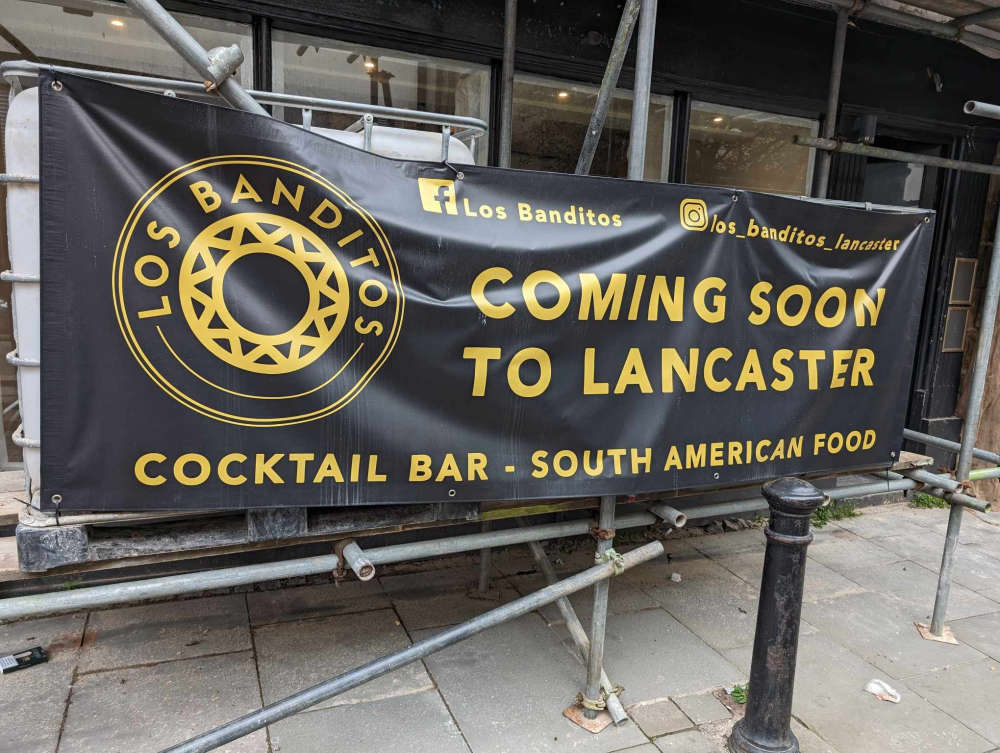 New Latin American bar and restaurant coming to Lancaster city centre
New Latin American bar and restaurant coming to Lancaster city centre
 Children open new state-of-the-art playground in Lancaster
Children open new state-of-the-art playground in Lancaster
 INTERVIEW: Man who created Eric Morecambe Statue celebrates its 25th anniversary
INTERVIEW: Man who created Eric Morecambe Statue celebrates its 25th anniversary
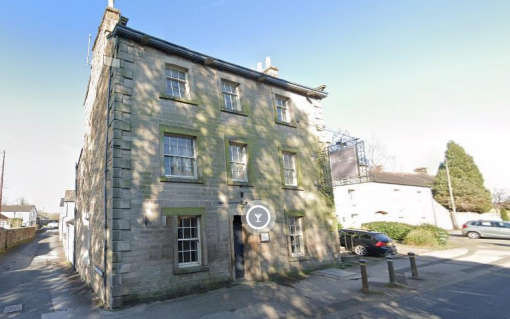 Closed-down village pub near Lancaster could be converted into apartments
Closed-down village pub near Lancaster could be converted into apartments





